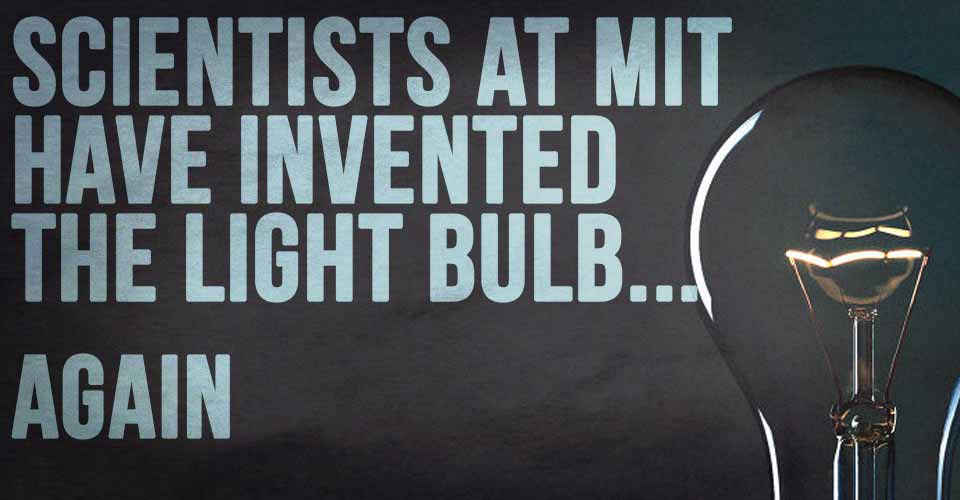
Since 2005, countries all over the world began banning or restricting the production of standard incandescent light bulbs. The mentality was that because they were less energy efficient and didn’t last as long, the only way to get consumers to make the switch to more expensive alternatives like compact fluorescent (CFL) or LED lights was to remove incandescent lights as a purchasing option. The most widely accepted replacement option was by far the CFL bulbs, and households began filling up with them.
Well, it looks like we might have jumped on the CLF bandwagon just a little too soon. First off, we have always know that they are full of all kinds of dangerous chemicals, including mercury. The recommended cleanup procedures for a broken bulb in your house, according to the EPA, damn-near require a hazmat suit.
That doesn’t inspire a lot of confidence for consumers. More recently, there has been an increasing amount of research that suggests that fluorescent lights are bad for your health. They are notorious for emitting higher levels of electromagnetic radiation, which can have a long list of side effects.
Health risks aside, it turns out that LED and CLF lighting just doesn’t perform the same as incandescent bulbs did. If you’ve ever used a CFL bulb in cold weather, you know that they take a few seconds (or longer) to warm up and get to their full brightness. LED bulbs are just flat-out expensive to buy, even if their energy savings should technically make up for that.
The problem most people are having with LED bulbs is that as manufacturers try to lower the price, the quality of construction is lowered as well. So now, you have an LED bulb market that has lost reliability.
Maybe it’s time to go back to the incandescents?
That’s exactly what researchers at MIT are trying to accomplish. One of the original issues with the incandescent bulbs of the past was their inefficiency. Basically, 95% of the energy required to light an incandescent bulb was lost into the atmosphere. LED and CLF bulbs still lost around 86% of the energy required to light them, but that energy saving was considered substantial. What MIT scientists did was take a standard incandescent filament and surround it with a special crystalline structure that has the ability to capture and reuse the energy from the heat that the filament produces. The heat that is produced when an incandescent bulb burns is the main reason the energy is lost, so by harnessing the power from that heat, the bulbs go from 5% efficiency to 40%. According to Professor Marin Soljacic, “It recycles the energy that would otherwise be wasted.”
Read: Uruguay Succeeds In Producing 95% Electricity From Clean Energy
So what does that mean in terms of savings? A standard 60w incandescent bulb would use roughly $10.85 of electricity per year, and it’s CFL or LED equivalent would use between $1.90 and $2.25. This new incandescent bulb would use about 75 cents electricity. A year. This technology has the potential to completely revolutionize something that we usually take for granted. Even the principal research scientist, Ivan Celanovic, said, “This experimental device is a proof-of-concept, at the low end of performance that could be ultimately achieved by this approach.”


